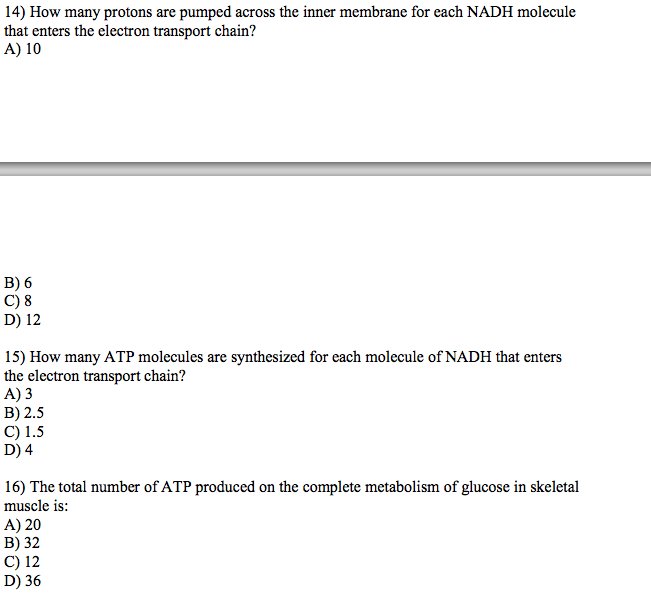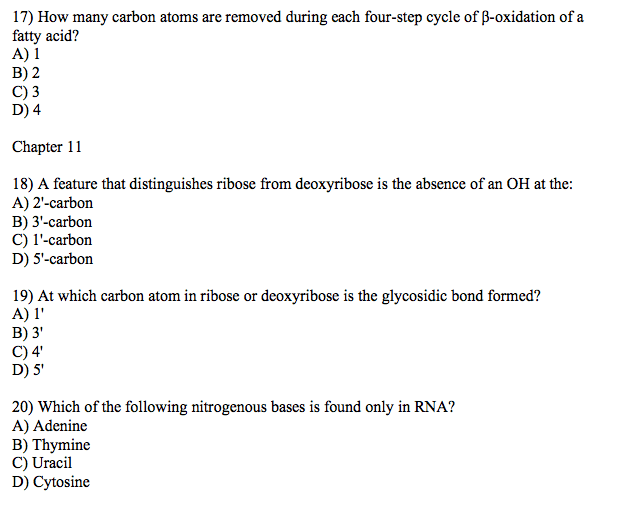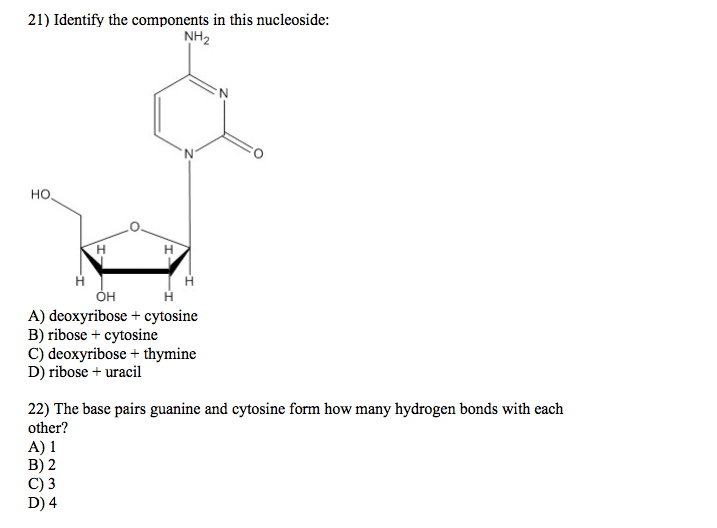CHM362H5 Lecture Notes - Lecture 10: Phosphoribosylamine, Phosphoribosyl Pyrophosphate, Aldehyde
Document Summary
Lecture 10 synthesis and degradation of nucleotides. Pyrimidines and purines are found in nucleic acids like dna and rna. Examples of pryimidines are cytosine, thymine, and uracil. Examples of purines are adenine and guanine. Udp-glucose, which is an intermediate in glycogen synthesis. Cytosine derivatives which are in phospholipid synthesis. The origin of atoms in purine synthesis are determined by the isotope labelling of uric acid in pigeons. While most organisms synthesize purines and pyrimidines, many also obtain them from their diet. A purine ring is synthesized on a ribose-5-phosphate platform, so it is basically synthesized as a nucleotide. The enzymatic steps that yield purine, also yields imp, which yields amp and gmp. Ribose-5-p becomes phosphorylated twice on c1 by atp (becomes amp) to form 5-phosphoribosyl- pyrophosphate (prpp) Prpp is catalyzed by glutamine in prpp amidotransferase to form phosphoribosyl-amine. This is a committed step because gmp. Gdp, gtp, amp, adp, and atp are all inhibitors.




